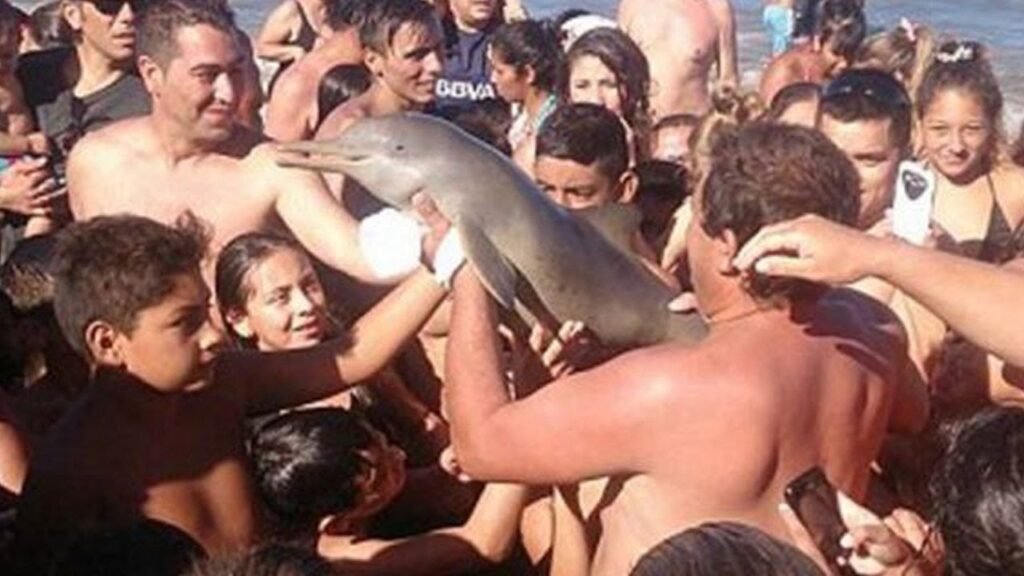Taking selfies and posing with animals is harmful to all concerned.
The selfie culture is extremely good news for the tourist industry in general as it has become a compulsion to instantly share every second of our lives whatever we might be doing. But it is proving extremely bad news for animals with the rise of animal selfies. It has become a worldwide obsession particularly amongst the young who cannot wait to impress their friends on social media of themselves riding, holding, hunting or just lazing beside wild animals. It is not a new phenomenon as it has been happening since the camera was first invented but with the advent of instant shareable photos on mobile phones animal selfies have increased dramatically.
According to World Animal Protection there has been nearly a 300% increase since 2014 of animal selfies posted on Instagram.
Narcissistic need to share every second of our lives.
Whether it be a tiger, elephant, koala bear, snake, monkey or a cute baby animal of any sort, everyone wants a photo with one and they often go out of their way to obtain one regardless of any stress or suffering caused to the animals. In Japan you can take a selfie with an exotic animal while sitting in a cafe having a coffee. We have a generation that has little or no respect for animals in general and just view them as cuddly toys and not living creatures. Ironically most people who participate in taking these selfies do it to show their love for animals.
The travel industry in many countries encourages this behaviour by providing trips to establishments which cater for this need so we have tiger attractions where the tigers are usually drugged, lion and cheetah meeting, elephant riding, holding baby monkeys or koala bears and swimming with captive dolphins. These and many others are all part of the animal selfie craze.

Few ask the question of where the animals they are photographing come from and how they are obtained. And even more relevant, what happens when they are no longer cute or become unmanageable. The answer is of course that they are discarded, killed, eaten or languish for the rest of their lives in a cage.
The use of wild animals in this way is another factor in all the exploitation and abuse of wildlife and is both an animal welfare concern and a conservation one as many of the animals used are vulnerable or endangered. A study in Latin America showed that 20% of animals used in the tourist trade were endangered and 60% protected by international law.
We ignore our health and safety just for a photo that is soon forgotten.
Those that participate in the hunt for more and more unusual and exotic animals to be photographed with often fail to realise the danger they are often putting themselves in. This is particularly so when encountering animals in the wild rather than captive ones in an attraction. Common sense and responsibility for their our own health and safety tends to be ignored and can lead to tragedy.
A couple walked up to a bison in Yellowstone Park, and tried to take a selfie only to be trampled and in 2015, an American woman in a South African lion park ignored warnings to close the car window while taking photographs, allowing a male lion to get within a yard of her before jumping and mauling her to death. A well known welsh rugby player suffered horrific injuries to his hand while trying to stroke a lion. Our increasing detachment from nature and our insistence of seeking thrills and entering wild places is making this kind of incident more common. It often results in the death of one or both participants and highlights our complete ignorance of the capabilities of wild animals and how we should act near them.
Instagram now issuing a warning.
Following a petition sent to Instagram they have produced a ‘wildlife warning’ page which monitors hashtags that mention the words animal selfie. A page pops up which warns users of the suffering caused to the animals.
It is of course difficult for anyone to resist the once in a lifetime chance for a selfie with an animal, but it is not worth the risk to the animal or yourself to do so in most cases. Selfies should only be taken from a safe distance, when the animal is in its natural habitat, able to move freely and when you are sure it is not under duress and not held captive.
